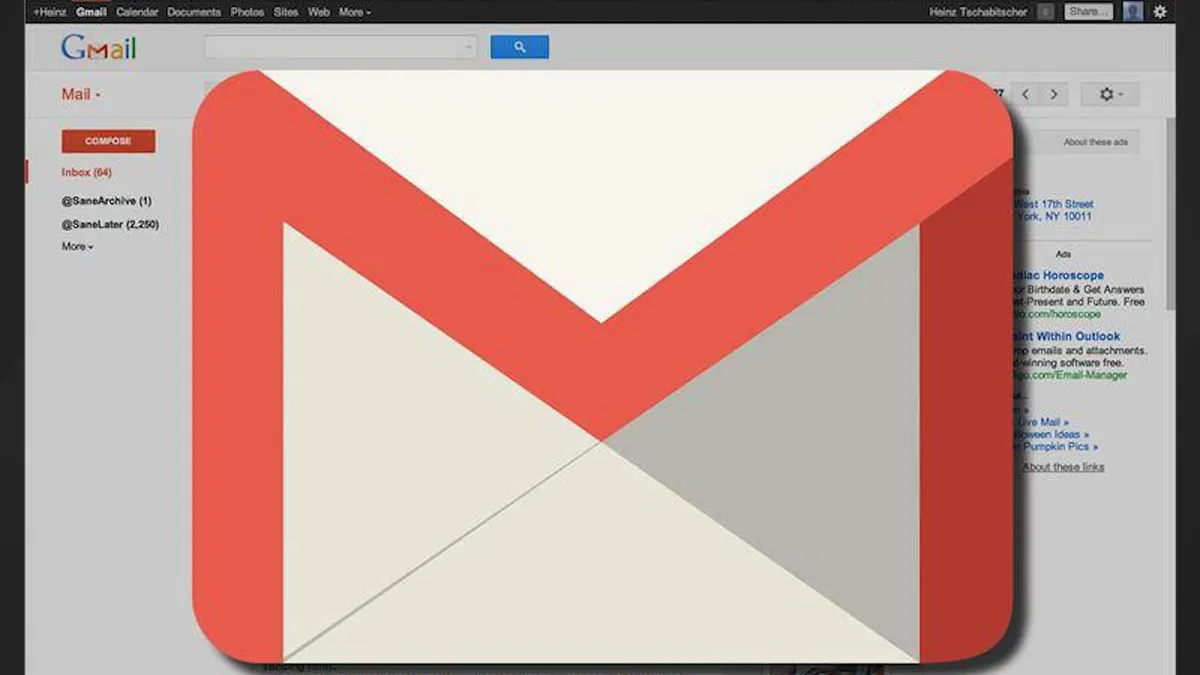In the fast-moving world of email security, Google has long set the standard for how spam is filtered, flagged, and quarantined. Recent discussions point to sweeping changes that aim to strengthen Gmail’s defenses without overburdening legitimate senders. Tech blogs, security researchers, and business users are watching carefully as hints of new filtering layers, smarter sender authentication, and better user controls begin to surface. The outcome could reshape how millions manage messages every day, influencing everything from small business outreach to personal correspondence.
What the plan could entail
One centerpiece item in the chatter is the initiative described as google-reveals-big-plans-to-change-gmail-spam. Reporters say it could involve real-time learning from user interactions, smarter phishing detection, and tighter integration between Gmail’s spam filters and reporting features. Expect enhancements to identify suspicious links, dubious attachments, and campaigns that rely on social engineering, while preserving access for legitimate communications. The plan may also include better control surfaces for users to customize sensitivity, as well as clearer indicators that help distinguish between spam, promotions, and important messages.
In addition, analysts anticipate improvements to sender authentication and reputation scoring. By combining DKIM, SPF, and DMARC signals with behavioral signals derived from engagement data, Google could reduce false positives without creating a door for questionable mass mailings. Some insiders suggest a meta-layer that evaluates intent and context—such as whether a message aligns with past interactions or user-defined preferences—to determine the best inbox placement. If implemented well, these refinements could lead to a more predictable inbox experience for both individuals and organizations that rely on timely communications.
What it means for users
For everyday users, the changes promise fewer missed messages from trusted sources, clearer spam labeling, and more granular controls over inbox placement. The emphasis appears to be on context—analyzing sender reputation alongside message structure, embedded links, attachments, and prior engagement—to deliver a more accurate, privacy-respecting experience. If successful, users should notice a calmer inbox with faster access to important emails and fewer nuisance messages landing in the wrong tab. This shift could also reduce the effort required to clean up a cluttered inbox over time.
From a business perspective, marketers and customer-communication teams will want to adjust their practices to stay within evolving standards. Content quality, transparent unsubscribe options, and consistent sending patterns will likely gain even greater importance. It may become more crucial to maintain clean mailing lists, avoid aggressive language in subject lines, and ensure that each message has a legitimate, user-approved reason for reaching the recipient. The end result could be a tighter alignment between user expectations and how messages are categorized by Gmail’s filters.
Considerations and caveats
As with any major filter overhaul, there are caveats to consider. Stricter rules could inadvertently impact legitimate outreach if not calibrated precisely, especially for startups and small teams with limited sender reputation histories. Attackers often adapt quickly, so ongoing updates and rapid responsiveness will be essential. Privacy advocates will want robust assurances that enhanced scanning focuses on content and metadata relevant to security rather than creating broad profiles of users. Finally, the rollout may be staged, with opt-in pilots that allow organizations to test changes before wider deployment.
How to prepare
Smart preparation can ease the transition. Start by auditing your email authentication—DKIM, SPF, and DMARC configurations—to avoid misalignment that can trigger spam flags. Maintain clean mailing lists, confirm subscribers, and monitor engagement metrics to demonstrate legitimate interest. If you send bulk mail, coordinate with providers on sending patterns and warm-up schedules that align with Gmail’s evolving standards. Review unsubscribe options, honor user requests promptly, and prioritize send-good hygiene to stay in good standing as filters evolve.
For ongoing updates and deeper analysis, keep an eye on credible tech coverage. You can also visit the Newsheck site for related news and contextual articles that help you understand the shifting Gmail security landscape.

